Libya is a country in the Maghreb region of North Africa, bordered by the Mediterranean Sea to the north, Egypt to the east, Sudan to the southeast, Chad and Niger to the south, and Algeria and Tunisia to the west. The country is made of three historical regions, Tripolitania, Fezzan and Cyrenaica. Take a look below for 30 more fun and interesting facts about Libya.
1. Libya only had one King. King Idris reigned from 1951 until he was overthrown by Colonel Gaddafi in 1969.
2. During the latter years of Gaddafi’s regime, the country’s full official name was the Great Socialist People’s Libyan Arab Jamahiriya.
3. Although it’s an Islamic nation today, Libya was an early Christian center historically.
4. The area of the Mediterranean Sea north of Libya is often called the Libyan Sea.
5. A lot of the central and eastern area of the country is covered by the Libyan Desert. The Libya Desert is one of the most sun-baked and arid places on Earth. The land is known for going decades without rain.
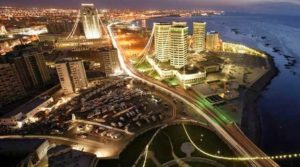
6. North of the mountains of Jebel Uweinat, the Libyan plain is dotted with eroded volcanic features. This area also has the Akrenu structures that were thought to be two meteorite impact craters.
7. When oil was discovered in the 1950s, a massive aquifer underneath much of Libya was also found. This aquifer’s water pre-dates the last ice ages.
8. Apart from oil export revenues, petrochemicals, iron, aluminum and steel manufacturing account for 20% of Libya’s GDP.
9. Libya’s poor soil and climate severely limit how much food can be grown within the country, which is why it imports about 75% of its food.
10. Libya is home to the largest proven oil reserves on the African continent. It makes a major contribution to the world’s supply of light crude oil.
11. Even though the World Bank names the country as an Upper Middle Income Economy, after years of political unrest, Libya’s unemployment rate is 21% and the money from their oil isn’t benefiting the majority of its people.
12. Tripoli is the capital and the largest city of Libya. Tripoli is the capital for most international businesses in the country as well.
13. Tripoli is a Greek word that means “three cities.” The Arabic name for it is Tarabulus. It’s located on the edge of the desert on a point of rocky land that projects out into the Mediterranean, forming a small bay.
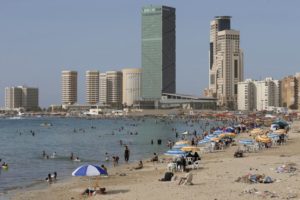
14. Tripoli is also known as the Mermaid of the Mediterranean because of its turquoise water and whitewashed buildings.
15. Bikku Bitti, also known as Bette Peak, is the highest mountain in Libya at 2,266 meters, or 7,434 feet. It’s located on the Dohone spur of the Tibesti Mountains in southern Libya, near the Chadian border.
16. Cyrene was an ancient Greek and Roman city near present day Shahhat, Libya. It was the oldest and most important of the five Greek cities in the region. It gave eastern Libya the classical name Cyrenaica that it has retained to modern times. Since 1982, it has been a UNESCO World Heritage Site.
17. Leptis Magna was enlarged and embellished by Septimius Severus, who was born there and later became emperor. It was one of the most beautiful cities of the Roman Empire, with its imposing public monuments, harbour, marketplace, storehouses, shops and residential districts.
18. A Phoenician trading post that served as an outlet for the products of the African hinterland, Sabratha was part of the short lived Numidian Kingdom of Massinissa before being Romanized and rebuilt in the 2nd and 3rd centuries A.D.
19. The Arch of Marcus Aurelius is a Roman triumphal arch in the city of Oea, modern Tripoli, where it’s found near the northeastern entrance to the Medina. It’s a quadrifrons triumphal arch, surmounted by an unusual octagonal cupola, and it was erected entirely in marble by Gaius Calpurnius Celsus.
20. The Red Castle was built in the 16th century on the site of a Roman military encampment. It was the seat of power for Ottoman conquerors. The fortress is now one of Libya’s finest museums.
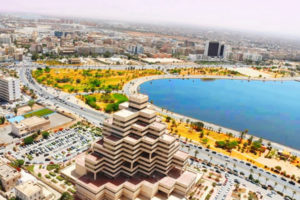
21. Ghadames, known as “the pearl of the desert,” is one of the oldest pre Saharan cities and a perfect example of traditional settlement.
22. Libya has been inhabited by Berbers since the late Bronze Age. The Phoenicians established trading posts in western Libya, and ancient Greek colonists established city states in eastern Libya. It was variously ruled by the Carthaginians, Persians, Egyptians, Greeks and Romans.
23. The majority of the Libyan population lives in its coastal area cities. However, traditional tribal society life is still the norm in the Berber villages of western Libya.
24. The Berbers identify themselves with their village or tribe before their country.
25. All the desert tribes collectively are known as the Bedouins. They lead nomadic lives, moving with their livestock or settling in farming villages in oases.
26. The Tuaregs were the original desert traders who transported goods by camels across the desert. With robes dyed with indigo, they’re sometimes called the Blue People.
27. Libya’s national language is Arabic but many people speak Italian and English.
28. The biggest meal of the day for Libyan families is lunch and it’s of great symbolic importance. Businesses, shops, and schools close for several hours so families may get together and eat.
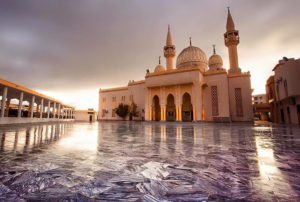
29. All meats eaten by Libyans must be halal. This means that the animal was killed humanely and prayed over ritually according to Muslim customs.
30. Food is eaten with three fingers on the right hand. The left hand is considered unclean. Good manners suggest that you leave a little food on your place to show that your host was a gracious and generous provider.

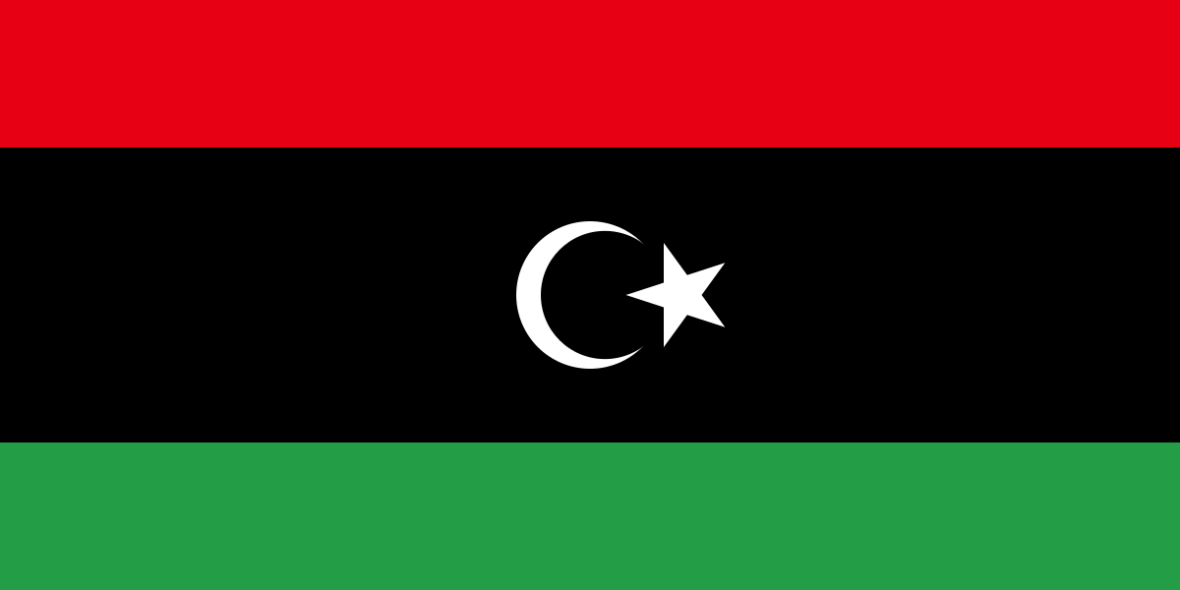

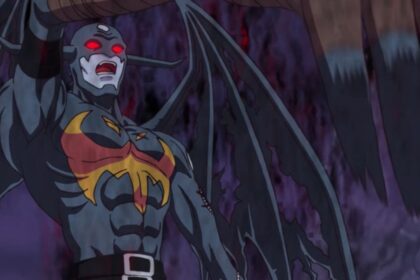
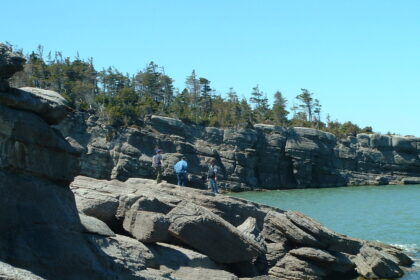
One Comment
Pingback:
February 5, 2018 at 3:17 pm